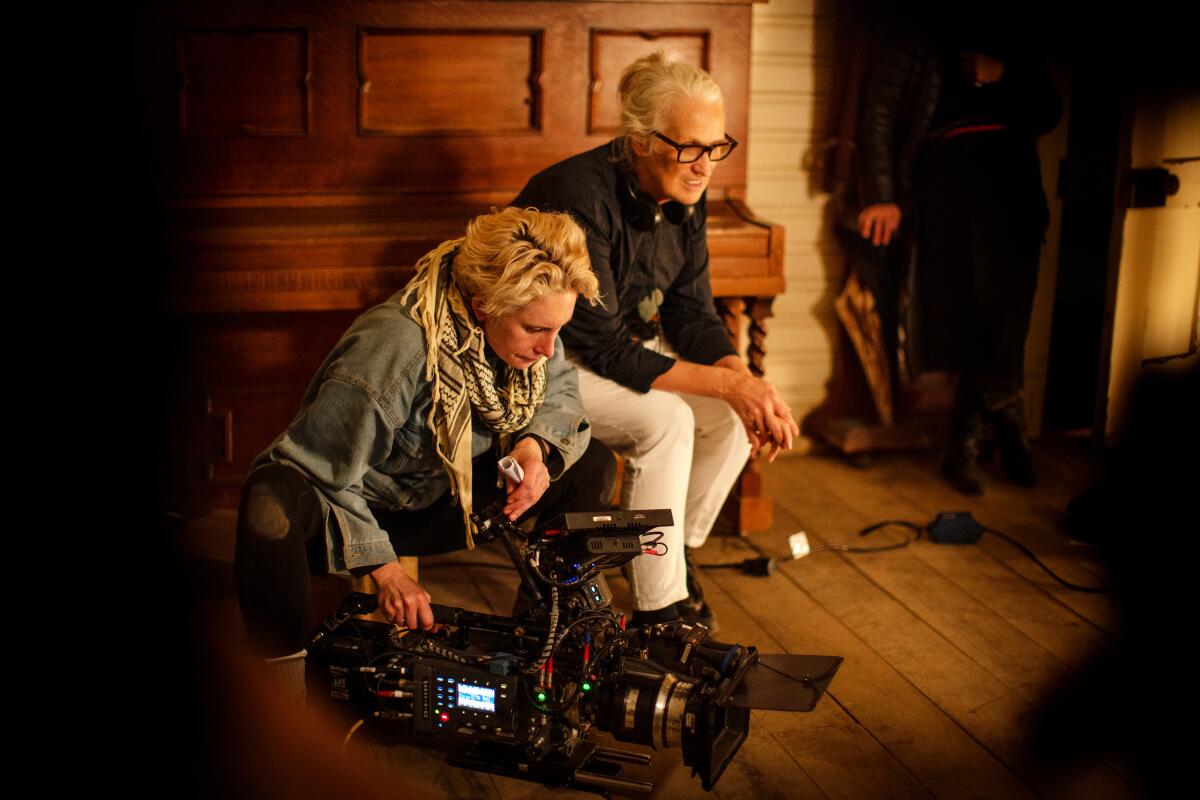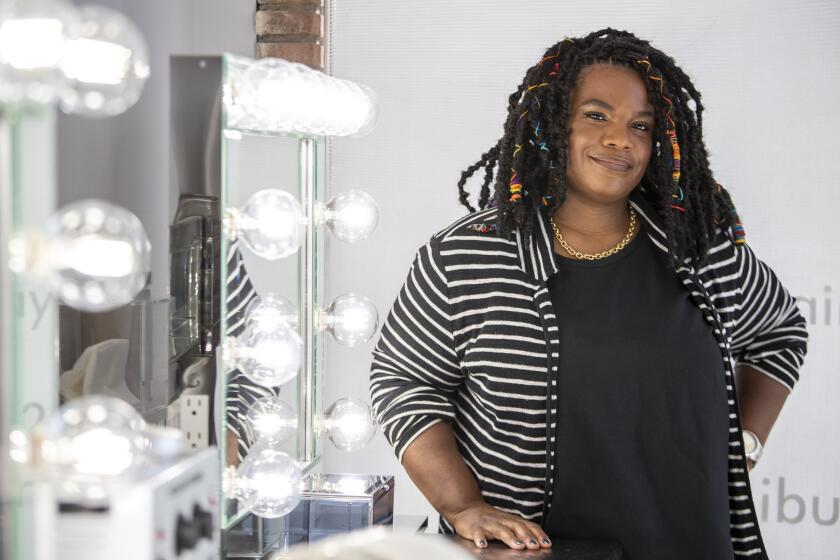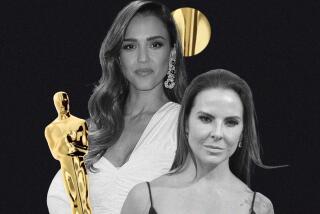Female directors of color are still underrepresented in top grossing films, survey finds

- Share via
Jane Campion made history this week as the first woman to be nominated twice at the Oscars for director — a category that has been dominated by men for most of its 93 years.
Already a trailblazer, Campion’s nomination for “The Power of the Dog” reflects increasing recognition of women behind the camera and greater access to roles.
But a new study reveals that while white women have benefited from pushes for increased diversity in Hollywood, women of color have not.
Overall, women directed about 13% of the top 100 movies last year, down slightly from the record level of 15% in 2020 but still up substantially from just 2.7% in 2007, according to a survey by USC’s Annenberg Inclusion Initiative.
USC Annenberg Initiative Analysis of Director Gender & Race/Ethnicity Across 1,500 Top Films from 2007 to 2021
Directors from marginalized groups also saw greater representation, reaching an all-time high of 27.3% in 2021, up from 12.5% in 2007.
But the percentage of women of color did not change during the 15-year period surveyed by USC. They accounted for less than 2% of all top-grossing directors since 2007.
The study is the latest from the USC unit to shed light on Hollywood’s chronic lack of diversity in front of and behind the camera. Campaigns such as #OscarsSoWhite have helped push the topic to the forefront and forced many studios to take action.
“We see this across a lot of our work that women of color are often the group that is left out, or faces the greatest hurdles toward access and opportunity,” study co-author Katherine Pieper said in an interview.
In 2021, only three of the 55 directors — 5.4% — were women of color, even though they are roughly 20% of the U.S. population, the survey found. They included Chloé Zhao, who last year became not only the second woman to win an Oscar for directing but the first woman of color and the first woman of Asian descent to win the academy’s feature directing prize for “Nomadland.”
And that is despite the survey finding that women of color receive the highest average and median Metacritic scores for their work, outperforming white men and women, as well as men of color. There was little difference between the Metacritic scores for white men, women or underrepresented men, the report concluded.
“It’s clear from the data that the perception of a woman director in Hollywood is a white woman, while underrepresented means an underrepresented man,” said study co-author Stacy Smith.
The study also examined the hiring of directors by studios, finding that there still hasn’t been a year when every studio hired at least one female director.
The report further highlighted a paltry showing for marginalized groups at awards ceremonies for directors at the Oscars, the Golden Globes, the Directors Guild of America Awards and the Critics Choice Awards.
Since 2008, 8.9% of directing nominations across these awards went to women, and 19.4% were awarded to underrepresented directors. In 15 years, just three individual women of color have been nominated for these four awards.
Hollywood’s unions are gatekeepers to the entertainment industry, yet Black crew members say getting access for recognition for minority members is hard.
To help tackle the issue, the USC unit said Wednesday it will offer a $25,000 scholarship in the spring to support a woman of color in the film school, the first program from the Annenberg Inclusion Initiative to directly support filmmakers.
Universal Filmed Entertainment Group Chairman Donna Langley, Marvel Studios President Kevin Feige, actor Halle Berry and director Kathryn Bigelow are among a list of advisors who will support the project.
More to Read
Inside the business of entertainment
The Wide Shot brings you news, analysis and insights on everything from streaming wars to production — and what it all means for the future.
You may occasionally receive promotional content from the Los Angeles Times.












